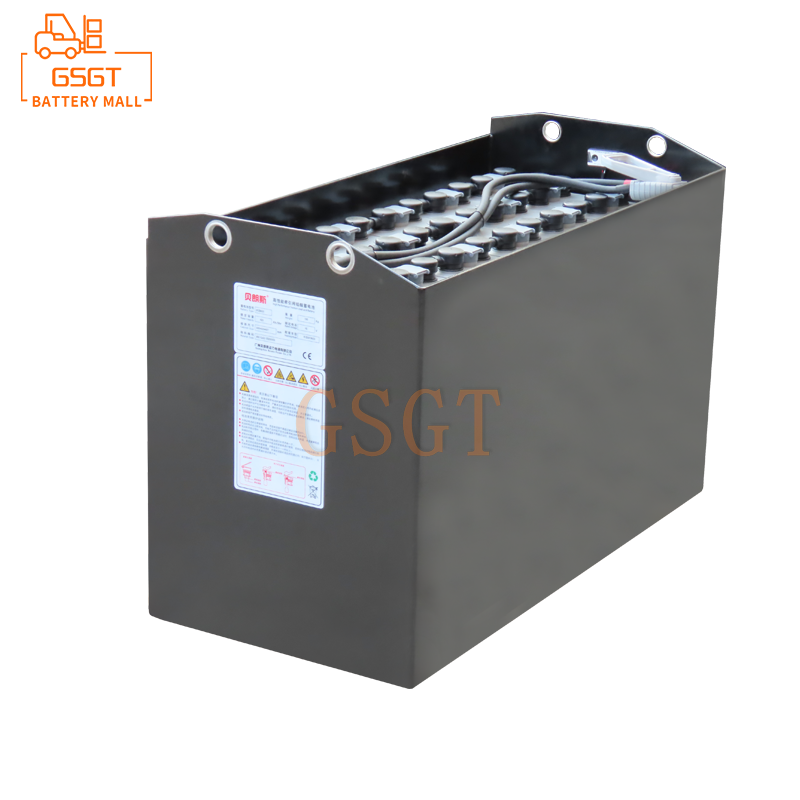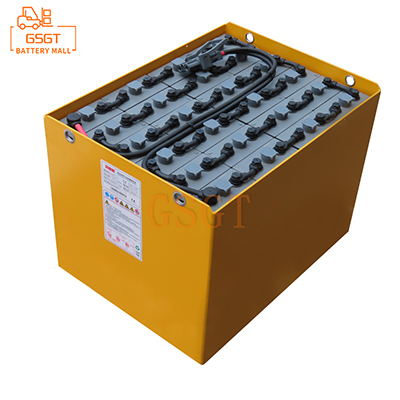Time:2025-03-19 10:30:56
Browse:508
In the long road of industrial development, lead-acid batteries, with their reliable performance and low cost, have been widely used in many fields such as automobile start-up, emergency power supply, communication base stations, and become the indispensable "energy heart" of modern society. But behind the prosperity, the crisis is surging, when the lead-acid battery completes its mission and becomes industrial waste, if it is improperly disposed of, the high concentration of lead, sulfuric acid and other harmful substances will cause inestimable pollution to the soil and water source, becoming the "sword of Damocles" hanging on the head of the ecological environment. But from another perspective, these seemingly intractable wastes actually contain huge treasure potential, and a transformation from industrial waste to high-end materials is quietly staged.
## The traditional lead-acid battery recycling model is difficult
For a long time, there are many chaos in the lead-acid battery recycling industry. A large number of small workshop recycling enterprises, limited by simple equipment and backward technology, adopt extensive dismantling methods. The shell is broken directly by hand, the sulfuric acid electrolyte is dumped, and the lead plate is piled up at will, which not only exposes the workers to high concentration of lead dust and strong acid environment, but also faces serious occupational health risks, and the recovery process is low, the extraction purity of lead is not high, and a large number of valuable components are lost in waste. According to statistics, the recovery rate of lead recycling in traditional small workshops can only reach 60%-70%, and the remaining lead elements are mixed in waste residue and exhaust gas, and escape to the environment. At the same time, the waste acid discharged at will, of which the concentration of sulfuric acid can be as high as 30%-40%, flows into the soil, rapidly changes the soil pH, causing the surrounding vegetation to wither, the water source to be seriously polluted, and the ecological balance to be completely broken. Even some large regular recycling enterprises, the traditional fire smelting technology, although can achieve a high recovery rate, but huge energy consumption, every 1 ton of lead recovery, need to consume a lot of coal and other energy, the greenhouse gas emissions are amazing, and the smelting process is easy to produce lead smoke, sulfur dioxide and other harmful pollutants, follow-up environmental treatment costs are high, in the balance of environmental protection and economic benefits, It is difficult to find the ideal balance.
## Opportunities for recycling products to transform high-end materials
1. ** Breakthrough in Research and Development of new lead-based functional materials ** : Researchers successfully prepared a series of new lead-based functional materials from lead recovered from lead-acid batteries through deep purification and precise alloying process. For example, in the field of electronics, developed ultra-pure lead-based alloy, the purity can reach more than 99.999%, this alloy with very low resistance and good conductivity, become the ideal material for manufacturing high-performance electronic components lead frame, widely used in smart phones, computer chips and other high-end electronic products, greatly improve the signal transmission efficiency and stability of the product. In automotive manufacturing, lead based composite materials containing specific trace elements are used to manufacture key engine components, because of their excellent corrosion resistance and fatigue resistance, can significantly extend the service life of the engine, reduce vehicle maintenance costs, and inject new impetus for the high-quality development of the automotive industry.
2. ** High value conversion of battery-grade lead sulfate ** : Recovery of lead sulfate in waste acid, after a series of fine chemical treatment, can be converted into battery-grade lead sulfate, and return to the battery manufacturing process. This process uses advanced ion exchange and crystallization control technology to remove impurity ions, so that the purity of lead sulfate meets high-end battery production standards. Taking lead-carbon batteries for new energy vehicles as an example, the use of recycled battery-grade lead sulfate to prepare electrode materials not only reduces the dependence on primary lead ore resources, but also makes lead-carbon batteries perform well in key indicators such as charge and discharge cycle life and rate performance, and the cycle life can be increased by 20%-30%. In the fast-charging scenario, more energy can be stored in a short time. Meet the growing performance needs of new energy vehicles and help the green travel industry take off.
3. ** Plastic shell regeneration and high-performance plastic synthesis ** : The plastic shell of the lead-acid battery is mostly polypropylene (PP) material, and the traditional recycling mostly sells it at a low price after simple crushing, with very low added value. Today, thanks to advanced plastic modification and blending technologies, recycled plastic shells are reprocessed into high-performance engineering plastics. By adding specific reinforcement fibers and compatibilities, the strength, toughness and heat resistance of recycled plastics are greatly improved, and can be used to manufacture high value-added products such as automotive interior parts and electronic equipment housings. In the aerospace field, specially modified recycled plastics, due to their good lightweight performance and flame retardant characteristics, are expected to be applied to the manufacture of non-critical structural parts inside aircraft, contributing to energy conservation and emission reduction in the aviation industry, and achieving a gorgeous turn from waste plastics to high-end aviation materials.
## Key strategies to drive transformation
1. ** Technological innovation leads the tide of transformation ** : Deep integration of industry, university and research is the key. Universities and scientific research institutions have increased research and development investment in the field of lead-acid battery recycling, focusing on new separation technology and material synthesis process research. For example, the ionic liquid based lead separation technology developed by the research team of Tsinghua University can increase the lead recovery rate to more than 95% compared with the traditional method, and the energy consumption of the separation process is reduced by 30%-40%. Enterprises actively cooperate with scientific research teams to quickly transform laboratory results into productivity, and build a full chain of innovation technology system from recycling, disassembly, purification to material synthesis. At the same time, enterprises are encouraged to independently develop advanced equipment, such as the automatic dismantling production line independently developed by some head recycling enterprises, which can accurately separate battery components, improve the dismantling efficiency of more than 50%, ensure the quality and stability of recycled products, and build a solid foundation for the production of high-end materials.
2. ** Policy support to build a solid foundation for transformation ** : The government has issued a series of strict environmental protection regulations and industrial incentive policies. On the one hand, raise the threshold for access to the lead-acid battery recycling industry, eliminate backward production capacity, resolutely ban illegal emissions and extensive small workshops, and promote the standardized and orderly development of the industry. On the other hand, special support funds have been set up to give tax breaks and research and development subsidies to enterprises committed to the high-end transformation of recycled products. For example, enterprises that use advanced technologies to achieve 100% recycling of lead-acid battery plastic shells and produce high-performance engineering plastics will be granted a five-year exemption from corporate income tax, guiding capital and technology to gather in high-end transformation areas, and stimulating enterprise innovation vitality.
3.** Industrial collaboration to create a transformational ecology ** : Build an industrial ecology with close collaboration between lead-acid battery manufacturers, recycling enterprises and material manufacturing enterprises. Production enterprises start from the source design, optimize the battery structure and material selection, and improve the recyclability of the battery. Recycling enterprises and material manufacturing enterprises to establish a long-term stable cooperative relationship, according to the material manufacturing needs, accurately provide high-purity recycled products. For example, a large lead-acid battery manufacturer and downstream recycling and material enterprises jointly establish an industrial alliance to share technology and information resources, open up the whole industry chain channel from waste battery recycling to high-end material application, achieve efficient allocation of resources, reduce enterprise operating costs, and enhance the overall competitiveness of the industry. Promote the transformation of high-end materials from lead-acid battery recycling products into a prairie fire.
From industrial waste to high-end materials, the transformation of lead-acid battery recycling products is not only a battle for the protection of the ecological environment, but also an industrial innovation to tap the potential of resources and create economic value. With the continuous breakthrough of technology, policy protection, and industrial coordination, the lead-acid battery recycling industry will completely get rid of the haze of "pollution" and become a shining treasure industry in the green circular economy, writing a chapter of profound colors for sustainable development.

$1105

$2450

$3810

$3405

MESSAGE
Professional And Efficient
Security
Affordable Price
Professional Services